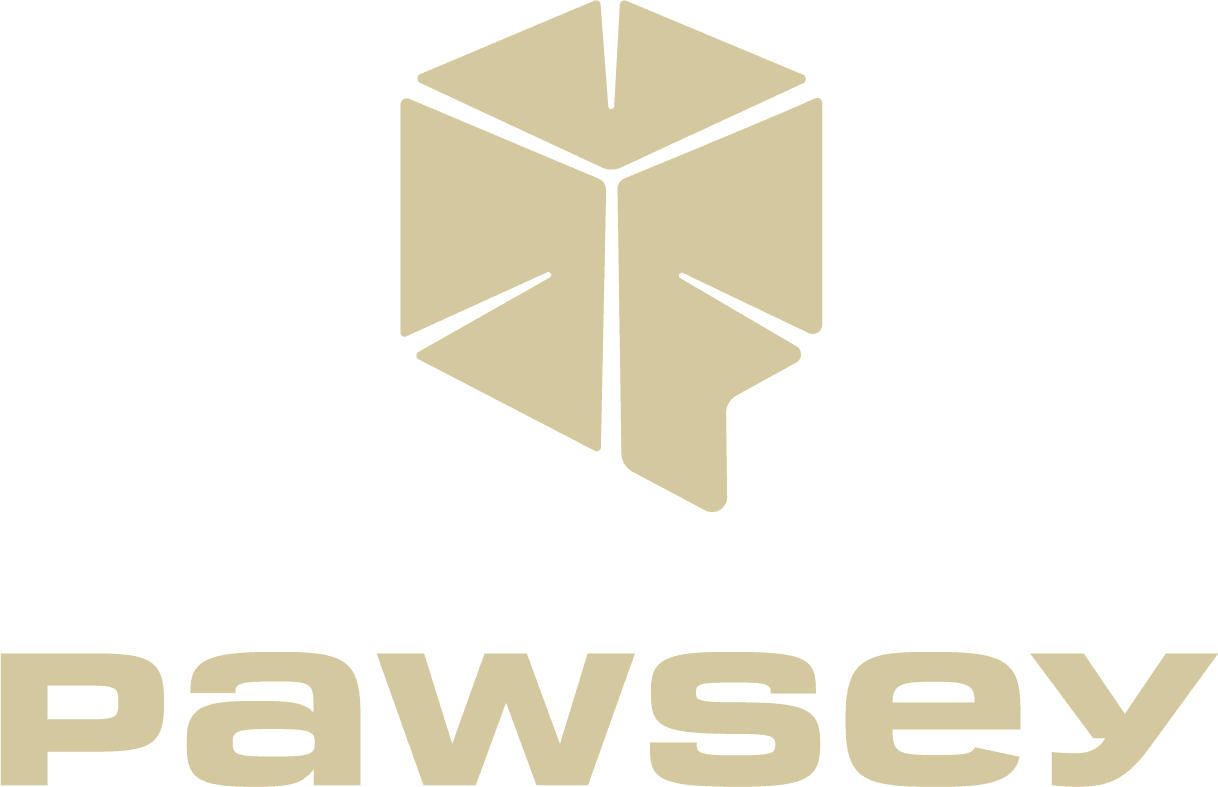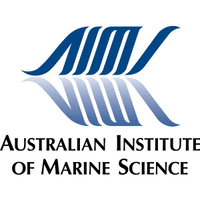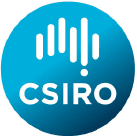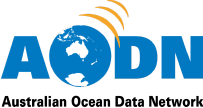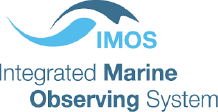

Data and information
How we make data and information accessible
WAMSI works to constantly improve the availability of information and data to support marine science and contribute to the long-term management of Western Australia’s marine environment.
All data developed through our science programs since 2006 is discoverable and available for reuse across a range of publicly accessible platforms. We also capture and make available other marine science and management data. This enables us to better understand environmental trends and impacts of activities over time.
We work with industry, regulators, researchers and the community to encourage data and information sharing for the benefit of marine research and management. By fostering a culture of collaboration and transparency, WAMSI ensures that marine science data is accessible, reliable, and impactful for researchers, policymakers, and the community.
Data Sharing Culture
Data sharing across industries, government, and research institutions
Long term storage
A system for long-term storage and archiving ensures that data remains accessible and meaningful over time.
Informed Decision-Making
WAMSI supports evidence-based policy, planning, and environmental management
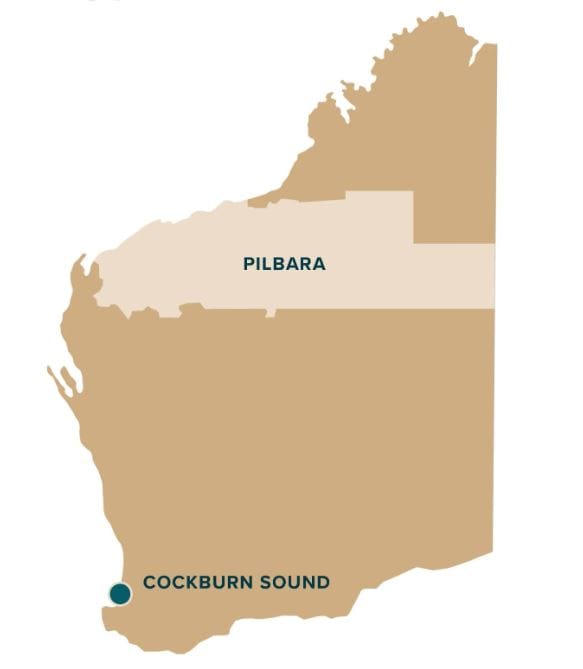
A Shared Environmental Analytics Facility
WAMSI is at the forefront of data innovation with initiatives like the Shared Environmental Analytics Facility (SEAF). SEAF is an innovative platform designed to streamline environmental data management and decision-making processes. The development of SEAF is being led by WAMSI, together with The Western Australian Biodiversity Science Institute (WABSI) through collaboration between research institutions, government agencies and industry partners.
SEAF is a mechanism for interpreting environmental data that will create access to shared data and analytics for proponents, regulators and the community, and enable timely access to trusted environmental reporting and forecasting. It will enable better decision-making through tools like maps, reports, and forecasting systems.
SEAF is already being applied in Western Australia. In Cockburn Sound, SEAF will deliver regional marine assessments from shared data and analytics, as well as science and analytic products that are regionally specific.

How to access our data
Data and information from WAMSI’s research projects are stored in a variety of repositories across Australia. These repositories ensure that data is discoverable and reusable after an 18-month embargo period.
There are three ways to search and access this data and information:
- the Australian Ocean Data Network (AODN)
- the WA State Government Open Data portal
- or individual data repositories

Australian Ocean Data Network (AODN) Metadata Catalogue
Search for “WAMSI’ or “WAMSI 2” in the advanced search. You can also refine by project name or other information. Once you select a metadata record you can then click on data links within the metadata.
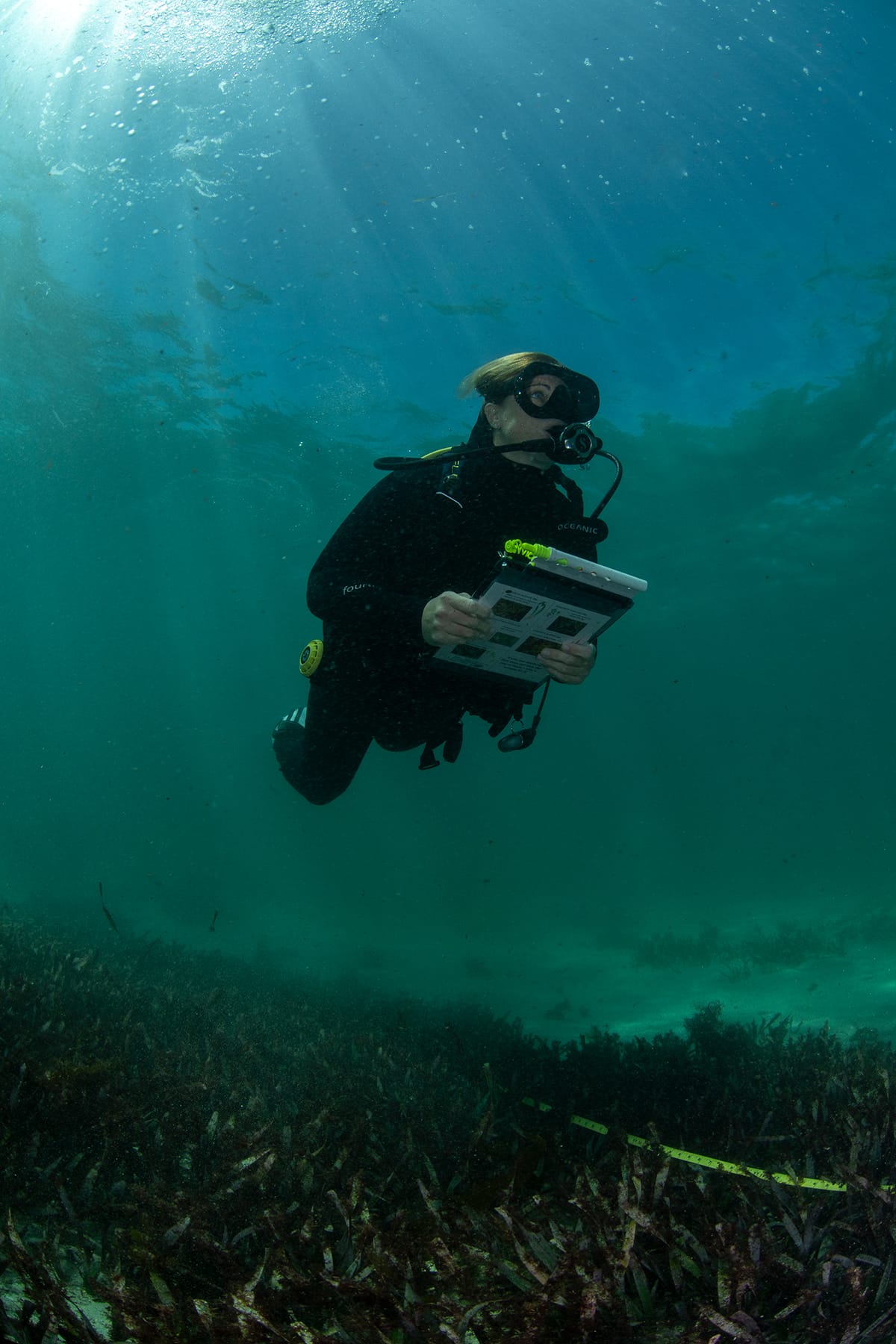
WA State Government Open Data Portal
There is a category with all WAMSI projects and links to data.
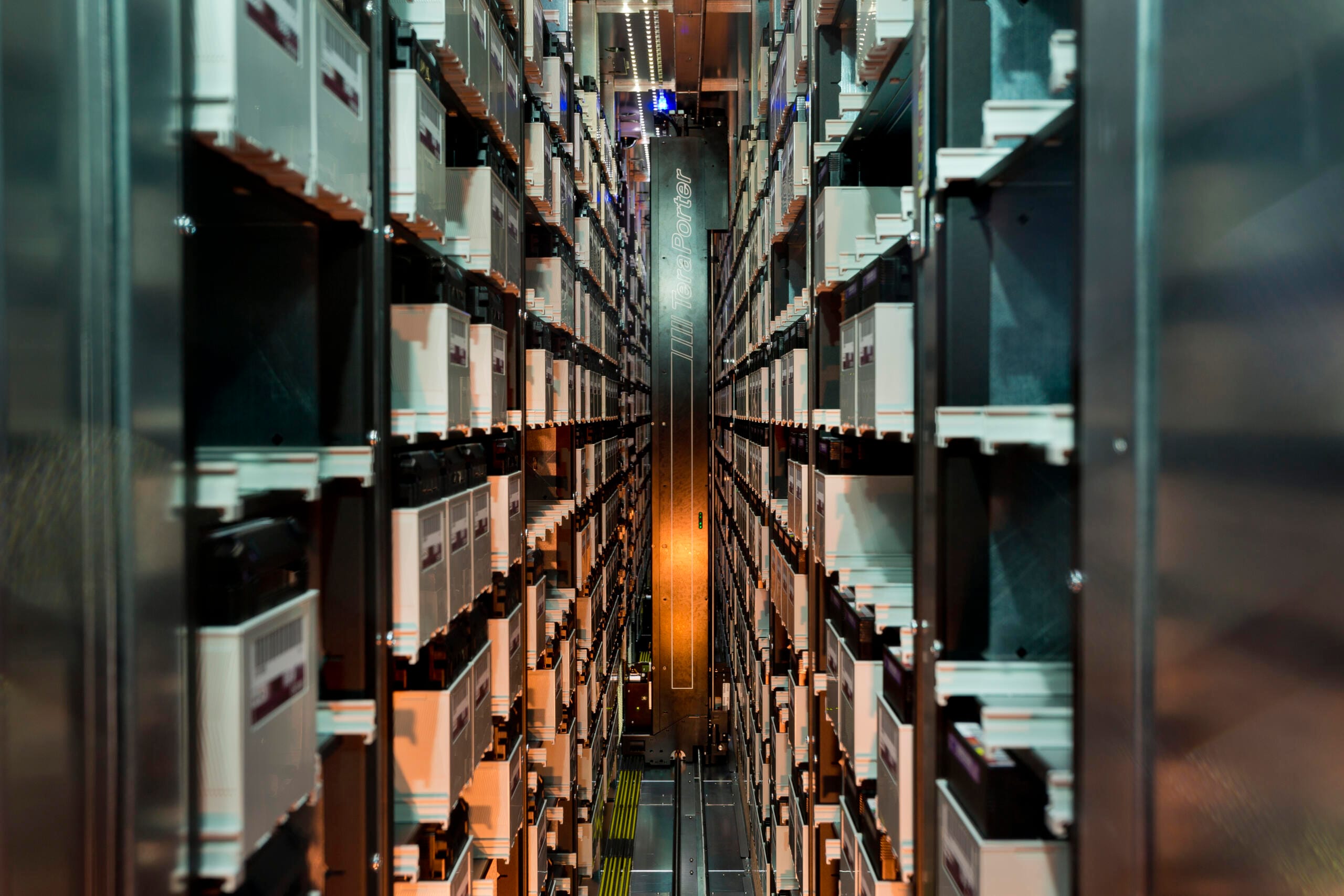
Individual Repositories
Data is also located in individual repositories, including:
- CSIRO DAP,
- AIMS Data Centre
- Pawsey Data Portal
You can go to each repository and search directly however this is not the recommended method.
Data Support
WAMSI employs a Data Manager Luke Edwards who is shared with Pawsey Supercomputing Research Centre. Luke is involved with the variety of state and national data management efforts. He can be contacted for advice on how to manage data throughout its lifecycle from creation to sharing and archival.
How we use marine science data
WAMSI and partners collect oceanic data through all our marine science programs and our aim is to help researchers manage, curate, and share the large amounts of data generated by their research.
Here are some case studies from research projects involving WAMSI partners which showcase how data is being used to understand the complexity of marine ecosystems and inform policy and management decisions.
Other Resources
Kimberley Marine Research Map Layers
WAMSI 2 (2012-2018) project map layers can be viewed via the North West Atlas. This allows users to visually discover the study sites of all KMRP research.
Department of Transport Marine data
The Department of Transport collect, manage and maintain a range of coastal and marine data.
The WA Museum
The WA Museum is responsible for maintaining the collection and documentation of marine fauna found off Western Australia’s Coast. The substantial collections, taxonomic and genetic information can begin to be accessed here.
National Observing Data
Critical ocean observing infrastructure is provided around Australia by the Integrated Marine Observing System (IMOS). This network of observing infrastructure provides the regional bio-physical and chemical information that is essential context for smaller scale studies.
ECU self-paced learning program for researchers working with marine data
ECU Self-paced Learning Program for Researchers Working with Marine Data
ARDC Resources
ARDC provides a variety of resources for researchers, including tools, guides, and training materials.
WA Coastal and Marine Data Group
The WA Coastal and Marine Data group coordinates the capture, use and access to relevant data and technology.
Index of Marine Surveys for Assessments
The Index of Marine Surveys for Assessments is an online portal to information about marine-based environmental surveys in WA.



